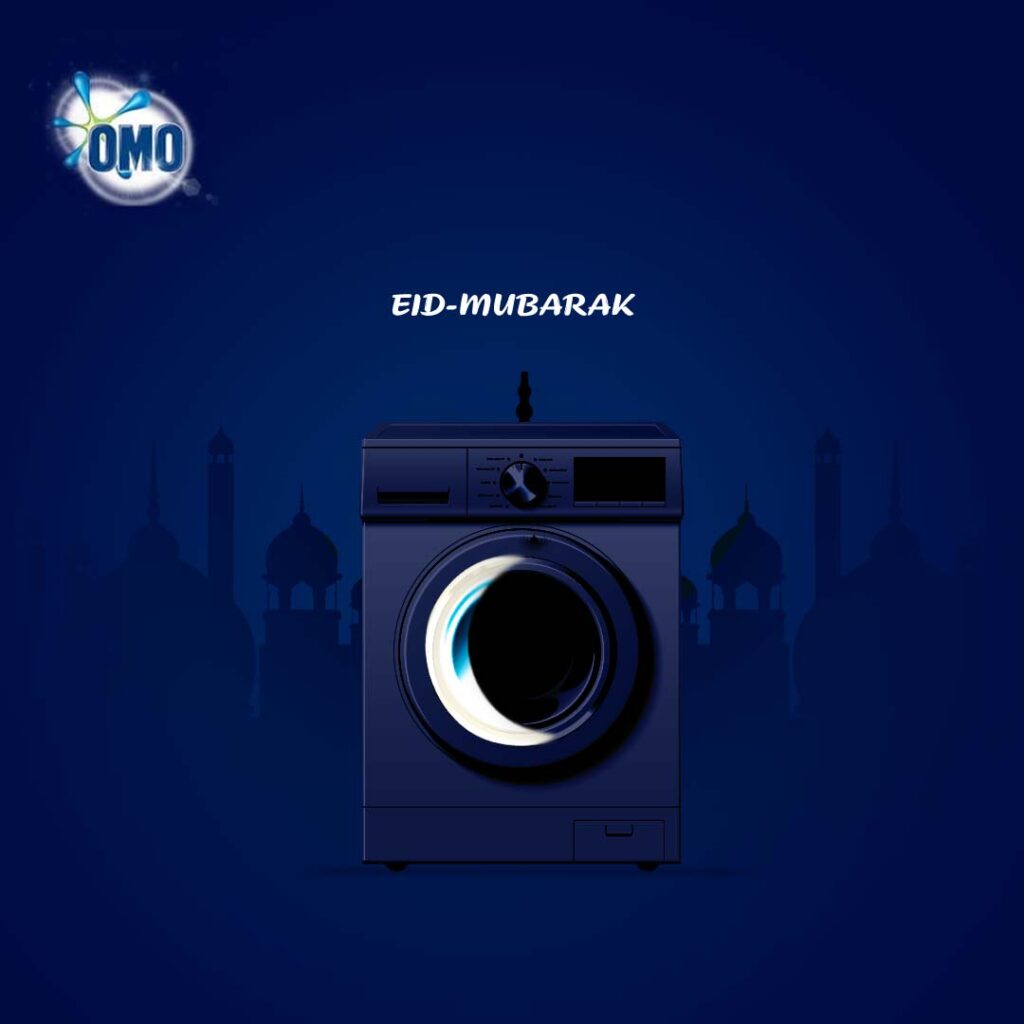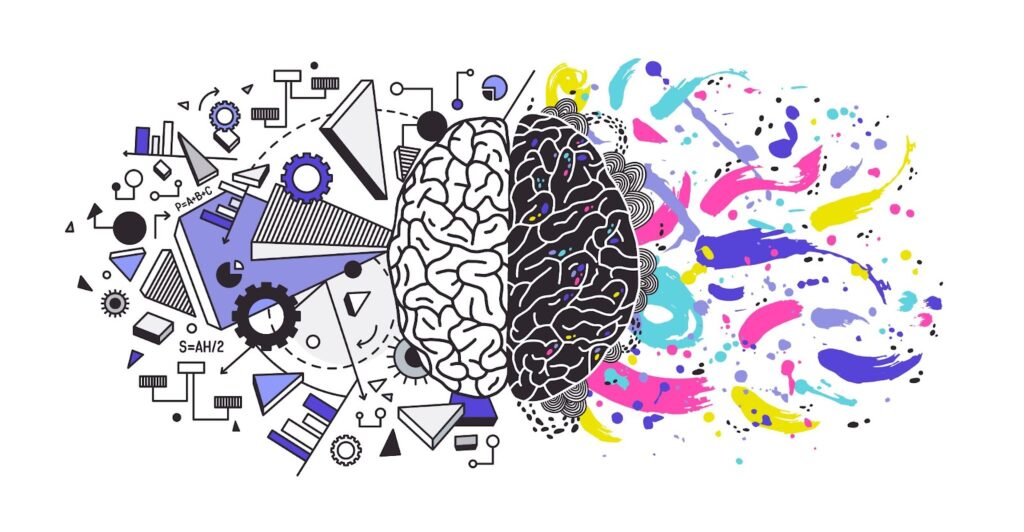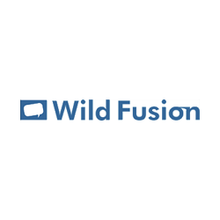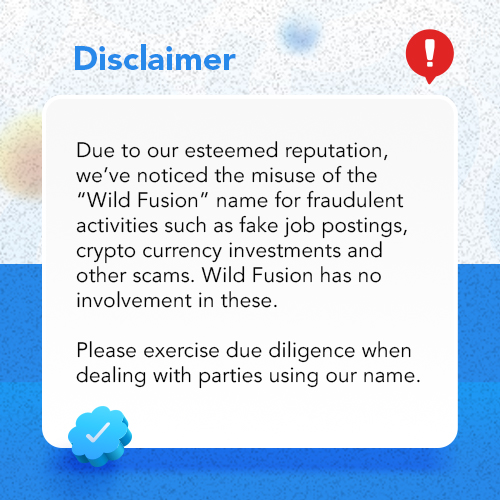In the world of design, there exists a perpetual tug-of-war between functionality and aesthetics. On one end, designers strive to create visually captivating works that resonate with the intended audience on an emotional level. On the other, they aim to engineer solutions that efficiently address problems and enhance user experiences. Yet, in the quest to strike a harmonious balance between form and function, designers often find themselves at odds with prioritizing one over the other.
At the heart of every design endeavor lies a fundamental purpose: to solve problems and communicate effectively. Whether it’s a website, a product, or a piece of graphic art, the ultimate goal remains the same—to fulfill a need, convey a message, or evoke a feeling. However, the challenge arises when designers become so engrossed in the pursuit of aesthetics that they inadvertently sideline the importance of functionality.
Aesthetics, undoubtedly, play a crucial role in captivating attention and stirring emotions. The visual appeal of a design can leave a lasting impression, drawing users in and inviting them to explore further. It sets the tone, establishes brand identity, and fosters a sense of connection between the audience and the design itself. In essence, aesthetics serve as the initial point of engagement—a gateway to deeper interactions and experiences.
From the stakeholders’ perspective, the balance between design functionality and aesthetics is not merely an artistic debate but a critical business consideration. For business owners and executives, the primary concern is achieving tangible results and driving value for their organisation. They understand that while aesthetics may draw initial attention, it is the functionality of the design that ultimately translates into user engagement, satisfaction, and conversion. Stakeholders expect their creative designers to prioritise functionality without compromising on visual appeal, understanding that a seamless fusion of form and function is essential for achieving their business objectives.
From the perspective of marketers and brand managers, aesthetics hold significant sway in shaping brand perception and consumer behaviour. They recognize the power of compelling visuals in capturing audience attention, fostering brand loyalty, and differentiating their products or services in a crowded marketplace. However, they also understand that aesthetics alone are not enough to sustain long-term success. Marketing stakeholders expect creative designers to leverage aesthetics strategically, aligning them with brand identity and messaging while ensuring that the design remains functional and user-centric.

For user experience (UX) designers and product managers, the primary focus is on creating intuitive, seamless experiences that meet user needs and exceed expectations. They are tasked with understanding user behaviour, identifying pain points, and designing solutions that address those challenges effectively. UX designers and product managers expect creative designers to prioritise functionality by emphasising usability, accessibility, and efficiency in their designs. They value simplicity, clarity, and user-centric design principles, understanding that aesthetics should enhance—not detract from—the overall user experience. In essence, stakeholders across various roles and departments expect their creative designers to strike a delicate balance between functionality and aesthetics, delivering designs that resonate with their audience, drive business results, and elevate the brand experience.
Functionality, in essence, is the backbone of effective design. It encompasses usability, accessibility, and practicality—key components that determine the overall user experience. A well-designed product or interface should seamlessly integrate form and function, ensuring that aesthetics enhance rather than detract from usability. After all, what good is a beautifully crafted website if users struggle to navigate it? Or a sleek product design that fails to deliver on its promised functionality?

For business stakeholders, the distinction between design functionality and aesthetics is of paramount importance. While aesthetics may initially capture attention and generate interest, it is functionality that ultimately determines the success and longevity of a design solution. Businesses invest in design not merely for its visual appeal, but for its ability to drive results, solve problems, and create value for users.
Moreover, the role of design extends far beyond mere ornamentation—it is a strategic asset that directly impacts business outcomes. In an increasingly competitive marketplace, businesses must prioritise design functionality alongside aesthetics to stay ahead of the curve. A well-balanced approach that considers both the visual allure and practical utility of design is essential for meeting the evolving needs and expectations of consumers.
Ultimately, the challenge for designers lies in striking a delicate equilibrium between functionality and aesthetics. It requires a nuanced understanding of user needs, business objectives, and design principles—a synthesis of art and science, creativity and pragmatism. By embracing a holistic approach to design, designers can create meaningful experiences that resonate with users on a deeper level while delivering tangible value for businesses.
In conclusion, while aesthetics undoubtedly play a vital role in design, they must never overshadow the importance of functionality. Behind every visually captivating design lies a fundamental purpose—a problem to be solved, a message to be communicated. By recognizing the interplay between design functionality and aesthetics, and by prioritising both in equal measure, designers can create transformative experiences that leave a lasting impact on users and businesses alike.






